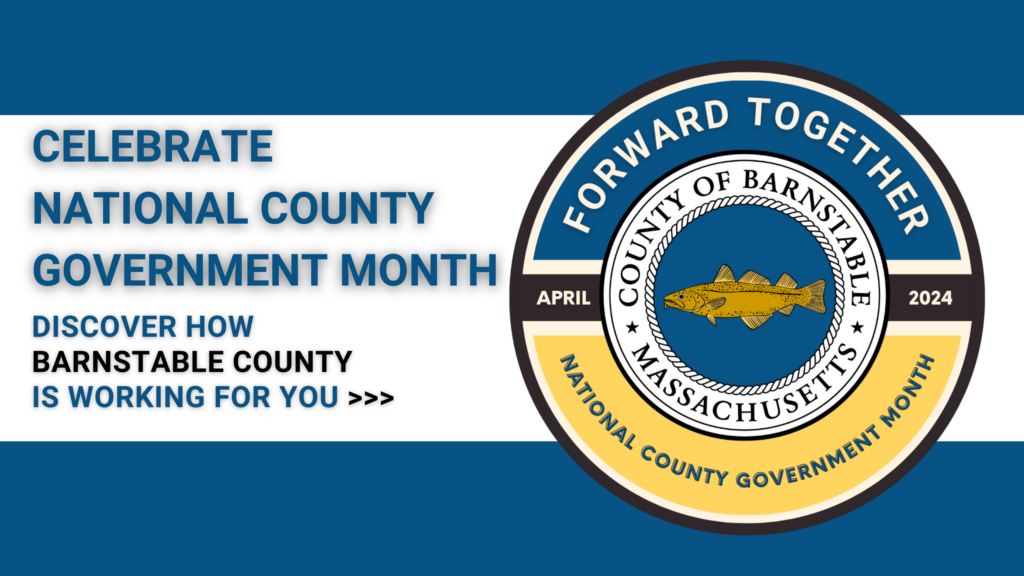

Shelters
Cape Cod’s shelters are run by volunteers and we need your help!
Your community needs you! Barnstable County’s Regional Emergency Planning Committee is partnering with the American Red Cross in an urgent effort to recruit volunteers for emergency shelters on Cape Cod this winter. Visit https://www.redcross.org/ma to sign up as a Red Cross shelter volunteer TODAY and make a real difference in your community!
Don’t miss out on this great opportunity to make our community more resilient!
Regional Emergency Shelter System
From hurricanes to blizzards to nor’easters, the Barnstable County is vulnerable to large, destructive storms in any season. These storms can disrupt our daily lives with the loss of power, transportation, commerce, communications, and even housing.
When these major disruptions occur you can leave the area to seek shelter in an unaffected region of the state or country or you can
- Shelter in place at home
- Seek shelter at one of Barnstable County’s regional emergency shelters
Regional Emergency Shelter System
If you can’t leave the area and staying at home is not an option, then you can turn to the regional shelter system. Visit this map for an overview of the shelter system and the location of an emergency shelter near you.
6 things to know about regional emergency shelters
- You should look at going to a shelter the same way you would look at going on a trip. If you were planning to go away for a few days you would pack for the trip. The same goes for the shelter. You should arrive with at least three days worth of essentials. You wouldn’t leave your medications at home if you went on a trip, nor should you leave them behind when you go to a shelter.
- The stay at a shelter is not a vacation, and a shelter is not a hotel or a pharmacy. It is not a cruise ship but rather a lifeboat. The shelter provides a secure facility, a cot to sleep on, food and water, basic first aid, and functional assistance. Beyond that, it is up to you to pack and bring the essentials of your life including extra clothing, medications, and any medical equipment such as walkers, wheelchairs, and oxygen concentrators.
- If you live at home with the assistance of a caretaker, the caretaker must come to the shelter with you. If you have a visiting nurse, make sure you bring your medical supplies and let your nurse know which shelter you will be staying at.
- If you are bringing infants, babies, or toddlers to a shelter make sure you bring formula, food, diapers, wipes, changes of clothing, toys, and a “pack ‘n play” or portable crib and bedding.
- If you have a pet—a dog or cat, a bird perhaps—the emergency shelter system supports the care of your pet(s) while you are in the shelter. You must check your pet(s) in first at the pet shelter before checking yourself into the human shelter. Please bring all your pet supplies to the shelter except for crates, which are provided by the shelter. You cannot sleep with your pet(s). Once your pet(s) are in the shelter, you will be able to see them during morning, afternoon, and evening visiting hours. The Cape Cod Disaster Animal Response Team (CCDART) manages the pet shelters at Falmouth High School, Sandwich High School, Barnstable Intermediate School, Dennis-Yarmouth Regional High School, and Cape Cod Regional Technical High School in Harwich. The Lower Cape Animal Shelter Team (LCAST) manages the pet shelter at Nauset Regional High School in Eastham.
- The reason every town on the Cape doesn’t have its own shelter is because of the expense and lack of volunteer resources to staff 15 separate shelters across the Cape. Volunteers deliver the vast majority of services provided at the six regional shelters. These volunteers work with groups including the American Red Cross, the Cape Cod Medical Reserve Corps, CCDART, LCAST, Community Emergency Response Teams (CERT), Amateur Radio Emergency Services (ARES), and AmeriCorps Cape Cod. Learn more about these volunteer agencies here.




